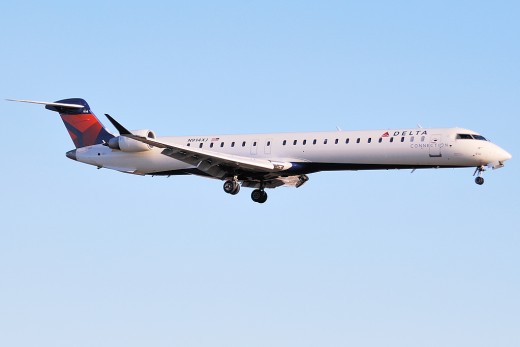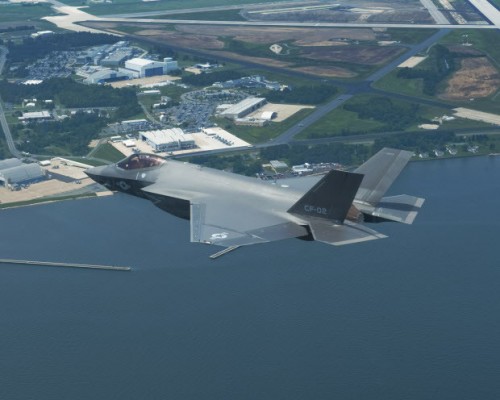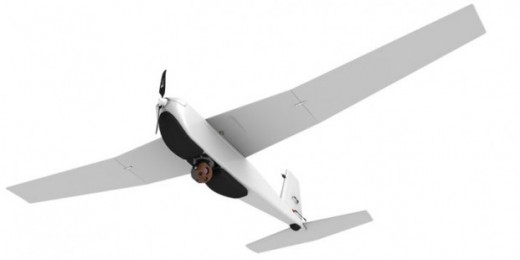 Scroll Down to see all of this week’s updates
Scroll Down to see all of this week’s updates
Bombardier Ends Year on Positive Note

After a difficult year with development program delays and increased competition in some of its core markets, Bombardier is heading into 2015 with some good news.
Earlier this week it announced the sale 24 CRJ 900 airliners, worth more than $1 billion to an undisclosed customer and six more Q400s to GE Capital Aviation Services, an aircraft leasing company.
Those nice orders come on the heels of the announcement that a new launch customer has been secured for the entry to service of the CSeries airliner. The airline doesn’t want to be named.
Bombardier spokeswoman Marianella de la Barrera said flight testing has been ramped up and the company now expects the mandatory 2,500 hours to be flown by next October, which would allow enough time for entry to service in 2015.
Then there’s the mixed news that the market is shifting in the business jet world. Orders for very large business jets, like Bombardier’s flagship Challenger and Global series, are slowing but the light-to-midsize market is opening up and that will be good for its Learjet business.
Its latest Lear, the 85, is undergoing flight testing but has taken a back seat to the CSeries and will not be delivered until 2016.
Fighter Competition Predicted

Pundits who have reviewed the federal government’s latest report on the replacement of Canada’s CF-18 fighters appear unanimous in their belief that there will be some kind of bidding process for the new aircraft.
There also appears to be near anonymity that the end result will be the purchase of 65 F-35s from Lockheed Martin under the Joint Strike Fighter program.
The report, by Public Works Canada, doesn’t give any specific recommendations but it does leave the door open for the government to go to a bidding process. Until 2012, the F-35 was the government’s only choice for a new fighter but a public uproar over the math involved in computing the program’s long-term cost led the Harper Conservatives to back off of the sole-source procurement and to take the responsibility for big contracts away from the Department of National Defence.
Now Public Works, which got handed the responsibility, says other jets might do almost as well as the F-35, which some critics have said is not that great.
It makes for great coffee shop discussion but the points raised in the report are moot for this year. There is almost no chance the Conservatives will let this particular genie out of the bottle as they take the country into a federal election nominally scheduled for October.
Tracking System Gains Traction

Following the loss of another airliner in Southeast Asia, the focus on means to prevent the “disappearance” of aircraft in areas with poor or nonexistent radar coverage has again come into focus.
NavCanada President John Crichton recently told the Financial Post that its plan for a worldwide surveillance system for aircraft movements is progressing and will make locating missing planes a lot easier.
“Our plan is to bring real-time surveillance to everyone on the planet and particularly over the oceans,” said Crichton. Nav Canada is a lead partner in the creation of Aireon LLC, a consortium of companies that will install ADS-B gear on a constellation of 72 satellites being launched by Iridium over the next decade. The satellites will pick up the ADS-B Out signals from every aircraft with the equipment installed. Since the monitoring is continuous, the loss of a signal can be pinpointed within a matter of metres.
He cites the example of Air France Flight 447, which went down in an area without radar coverage in 2009.
“It took them two years to find the airplane and God knows how much money,” Crichton told the Post. “We could have pinpointed where the airplane went down within a matter of seconds.”
While the publicity glow around disasters like AirAsia 5801 shines a bright light on initiatives like this (the surveillance services will be available free of charge to search and rescue organizations all over the world) it’s the commercial advantages of such a system that will make it viable.
Aerion expects to sell the surveillance ability to places that have no effective air traffic control systems and give them a safe and reliable system almost overnight.
Also, the accurate data and positioning information the system will deliver will allow much closer spacing of transoceanic aircraft, saving them fuel and even allowing for smoother rides. Under the current system, aircraft must stay on a course and altitude for the duration of their flight over areas that don’t have radar coverage. The Aerion system will allow them more flexibility to deviate around weather and change altitudes to avoid turbulence.
RCMP Looking At UAS Expansion

The RCMP is already planning for a time when it will be allowed to launch large unmanned aerial systems capable of long endurance beyond the line of sight.
The force in Alberta announced it is considering buying a $350,000 Puma fixed-wing UAS which has different and in some ways controversial capabilities its current fleet of multi-copter UASs do not have.
Central to exploiting the endurance and range of such aircraft is allowing the UAS to fly far from its human controller, something not generally allowed by Transport Canada under current rules. In discussing the purchase with a colleague in an email Mark Hovdestad, head of the RCMP Edmonton air detachment said the Puma will be “capable of taking us beyond line of sight when that becomes our reality.”
Critics are worried the purchase represents “mission creep” for UAS units and warn that privacy infringements will be an increased concern.
Adam Molnar, who studied at Queen’s University’s Surveillance Studies Centre and now lectures at an Australian University told the Post there need to be clear guidelines on the use of UASs by the police lest they be tempted to use them in ways that most Canadians would view as an infringement of privacy.
“Don’t just play to murky definitions that would allow the use of the technology in a way that would contravene the privacy expectations of Canadians,” he said.
